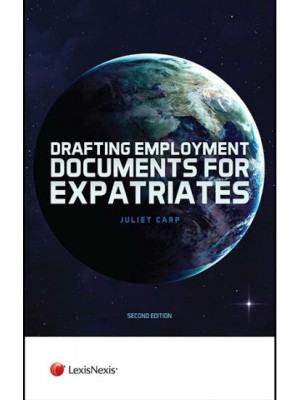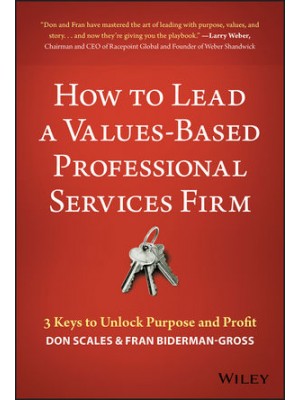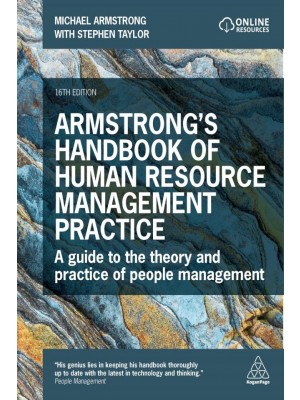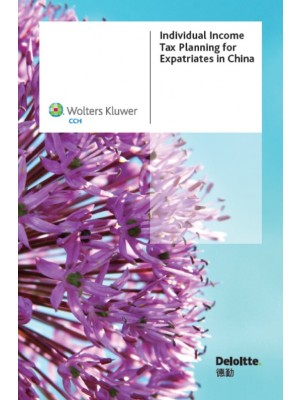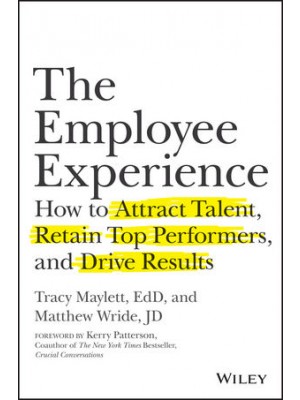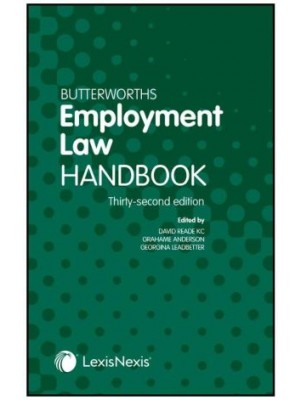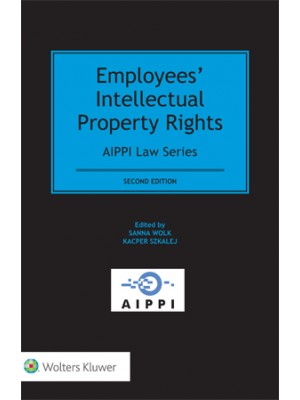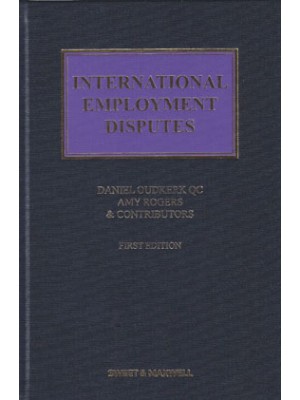Introduction
Section 1
Chapter 1— Firm Preparation: Firm Retrospective and Business Model 7
Structure 8
Processes 9
Tax Return and Financial Statement Review Notes 10
Tax Notices 10
Types of Changes 11
Why Checklists are Critical 12
Checklists 13
Zero Tolerance 14
Smaller Firms 14
Chapter 2— Consider Options for Managing Seasonality 17
Extensions 18
Seasonal Staff 19
Telecommuters 19
Outsource 20
Technology 23
Designated Time for Individual Tax Returns 23
New Clients and Latecomers 24
Existing Clients 25
Chapter 3— Leveraging Technology 27
Using Software to Its Fullest 27
Peer-to-Peer 32
Update Handbooks, Forms, Services, and Software 32
Research Materials—Finding a Quick Answer 34
Websites to Search 37
Chapter 4— Complete Pre-Year-End Planning for Select Clients 39
Tax Projections Review 39
Line-By-Line Review 44
Unprotected Estimates Review 44
Cross-Sell Opportunities 46
Chapter 5—Complete Mailings to Clients 51
Mailings 51
Pre-Year-End Newsletter 52
Tax Organizers 59
Tax Notice Service Letter 95
Privacy Notification 98
Consent to Disclosure of Tax Return Information 98
Chapter 6— Implement a Staff Tax Training Program 101
The Pre-Tax-Season Meeting 101
OTJ Training 102
Maintaining Morale 105
Effectively Training New Employees 105
Staff Loyalty 107
Chapter 7— Prepare a Preliminary Assignment Schedule 109
Software Used to Create Schedules 115
How the Schedule Will Be Tracked 115
Setting Priorities 116
Time Needed to Complete a Return 116
Chapter 8— Review Staff Arrangements and Responsibilities 119
Accountability and Control 120
Using Personnel Effectively 120
Effectively Using Your Main Resource 124
Chapter 9—Maximizing Tax Season Efficiency 127
Section 2
Chapter 10— Return Preparation—Overview and Introduction to Tax Comparison Worksheets 133
Excel Tax Comparison Worksheets as a Review, Training, Planning, and User-Friendly Tool 134
The Tool Described 134
Using the Excel Worksheets in the Review Process 136
Using the Excel Worksheets for Training 137
Planning 137
Cross-Selling Opportunities 138
Notice to Skeptics 138
Sample Excel Worksheets 139
Chapter 11— Make Appointments with Clients 153
Receive Information From Clients 154
Tax Return Interview 154
Mail-In Clients 154
Engagement Letters 155
Organize the Information and the File 157
Nonpaperless Filing Procedures 158
Paperless Procedures 160
Paperless Outsource Alternative 163
Controlling Paperless Systems 164
Bookmarking 164
Standard Bookmarking for 1040s 165
Call to Becoming Paperless 166
Chapter 12—Prepare the Return 167
Sign-In Procedures 167
Working Paper Procedures 167
Administrative Procedures 169
Pro Forma Procedures 171
Projection Procedures 171
Chapter 13—Review the Return 183
Methods to Reduce Review Time 183
Who Should Conduct the Review? 186
Content Versus Issue Review 188
Review Procedures Equal Quality Control 189
How Effective Self-Reviews Improve Efficiency 192
Checklist for the Reviewer 194
Administrative Procedures 195
Chapter 14—Prepare the Bill 197
Sending the Return and Bill 197
Sample Bill for a Tax Return and Additional Services 199
Chapter 15—E-File Appropriate Returns 201
Last Minute Procedures 202
Chapter 16—Process Extensions 207
Chapter 17—Assist with Tax Audits 219
Section 3
Chapter 18— Client Satisfaction, Retention, and Referrals: Measure of Tax Return Client Satisfaction 229
What Clients Get Is Part of Your Brand 229
Quality Control Client Survey 230
WOW! Your Clients 237
Keeping in Touch With Clients 238
How Did You Do? 243
Client Loyalty and Responsibility 252
Chapter 19—How to Determine Your Fees 255
Two Letters to Send to Clients 259
The Danger of Raising Fees 263
Minimum Fee Schedule 263
Official IRS Instructions Booklets 269
Increasing Tax Return Fees 269
Accounting Fees 270
Chapter 20—Expectation Gap 273
The Difference Between What You and Your Clients Expect 273
What Clients Expect 274
What We Expect 275
Chapter 21— Introducing Tax Clients to Additional Services 279
Using Your Tax Work to Expand Your Practice 279
Upgrade Your Tax Clients 280
Types of Additional Services 281
Ways to Make Clients Aware of Your Capabilities 282
Cross-Selling 285
AICPA Standards in Personal Financial Planning Services 286
Chapter 22—Costs of Preparing a Tax Return 299
Worksheet to Calculate Your Costs 299
Greatest Cost Items 301
Marketing or Practice Development Costs 302
Family Tree of a Small Tax Client 305
Chapter 23— Some Best Practices for a Better Tax Season 307
Chapter 24— It’s Supposed to Get Better 309
Afterword 311
I Know You Won’t Believe This, But It’s True . . . 311










